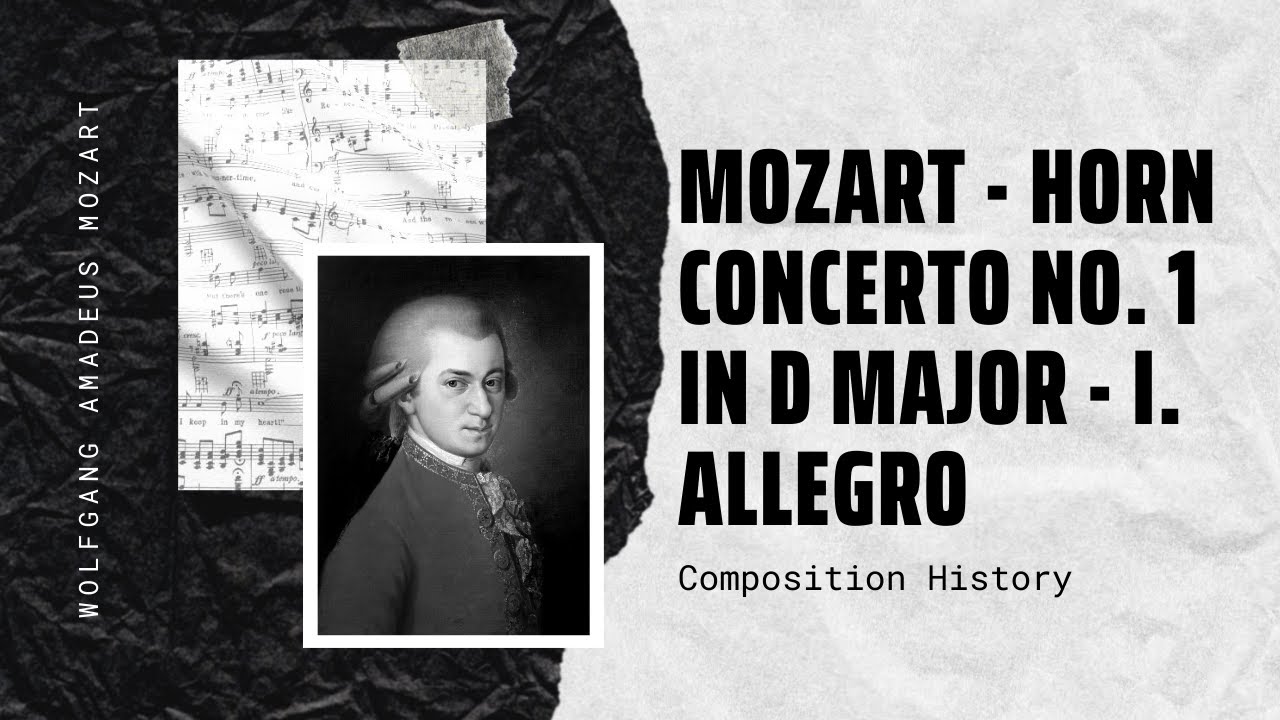
Mozart – Concerto for Piano and Orchestra No. 27
Mozart’s final piano concerto was entered into his thematic catalog in 1791, the year of his death. However, it appears that, like its immediate predecessor[…]

Mozart – Concerto No. 16 in D for Piano
The Piano Concerto No. 16 in D major, KV. 451, is a concertante work for piano, or pianoforte, and orchestra by Wolfgang Amadeus Mozart. Mozart[…]

Mozart – Piano Concerto No. 20 in D minor K 466 – Romance
The Piano Concerto No. 20 in D minor, K. 466, was composed by Wolfgang Amadeus Mozart in 1785. The first performance took place at the[…]

Mozart – Requiem in D minor K 626
The Requiem in D minor, K. 626, is a requiem mass by Wolfgang Amadeus Mozart (1756–1791). Mozart composed part of the Requiem in Vienna in[…]

Mozart – Divertimento in D major K. 136 125a
Mozart – Divertimento in D major K. 136 125a Divertimento /dɪˌvɜːrtɪˈmɛntoʊ/ (Italian: [divertiˈmento]; from the Italian divertire “to amuse”) is a musical genre, with most of[…]

Mozart – Ave verum corpus K. 618
Ave verum corpus (Hail, true body), (K. 618), is a motet in D major composed by Wolfgang Amadeus Mozart in 1791. It is a setting[…]

Mozart – Horn Concerto No. 1 in D major – I. Allegro
Wolfgang Amadeus Mozart’s Horn Concerto No. 1 in D major, K. (412+514)/386b was written in 1791. The work is in two movements. Unusually, each movement[…]

Mozart – Fantasia in D minor K 397
Fantasia No. 3 in D minor, K. 397/385g (Fantasy in English, Fantasie in German) is a piece of music for solo piano composed by Wolfgang[…]

Mozart – String Quartet No. 19 in C major ‘Dissonant’ K 465
The String Quartet No. 19 in C Major, K. 465 by Wolfgang Amadeus Mozart, nicknamed “Dissonance” on account of its unusual slow introduction, is perhaps[…]

Classical Music for Reading – Mozart Collection
Wolfgang Amadeus Mozart (27 January 1756 – 5 December 1791), baptised as Johannes Chrysostomus Wolfgangus Theophilus Mozart,[b] was a prolific and influential composer of the[…]